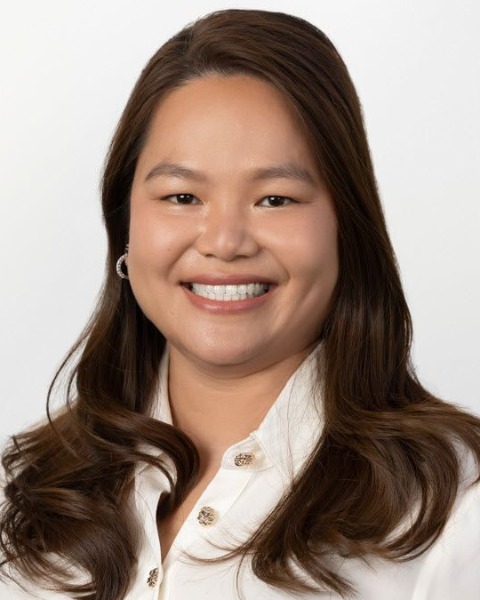Educational Sessions
(Management Case Study) Insights from Implementing a Pharmacy Model of Care Targeting Patient Education, Engagement, and Health Equity
Sunday, December 8, 2024
4:15 PM - 4:45 PM
Location: MCCNO, Room 280, Level 2
CE Credits: 0.50 contact hours
Activity #: 0204-0000-24-381-L04-P
Activity #: 0204-0000-24-381-L04-T
Activity Type: Knowledge-based
Target Audience: Pharmacist, Pharmacy Technician
Activity #: 0204-0000-24-381-L04-T
Activity Type: Knowledge-based
Target Audience: Pharmacist, Pharmacy Technician
Purpose: Pharmacists were asked to contribute towards improving Hospital Consumer Assessment of Healthcare Providers and Systems survey for communication about medicines. We describe how we seized this opportunity to evolve the clinical role of the pharmacists and pharmacy technician by implementing a new structure of support catered towards more patient-centered care, optimizing patient experience and engagement.
Methods: We piloted a new model of care on a medicine team consisting of an inpatient medicine pharmacist and pharmacy technician dyad coordinating care for patients from admission through discharge. We evolved the role of the inpatient medicine to provide multiple in-person medication education throughout the admission to identify any medication access challenges, increase patient engagement, and optimize patient outcomes. Similarly, we redesigned the inpatient pharmacy technician role to work at the top of their license performing medication reconciliation, health literacy assessment, and working to resolve medication access related barriers to discharge. Together, the dyad worked effectively and efficiently to support the patients throughout their admission. We break down the steps and considerations of operationalizing this model of care and review implementation steps, expansion strategies, and quality outcomes of the pilot.
Results: Training manuals outlining standard work, roles, responsibilities, and expectations were created for pharmacist and pharmacy technicians to facilitate staff training and consistent implementation of changes across all team members. The pilot resulted in higher HCAPHS scores, particularly more reported understanding of their medications upon discharge.
Conclusion: Pharmacist and pharmacy technician, dyad model, can improve quality of care outcomes for patients.
Methods: We piloted a new model of care on a medicine team consisting of an inpatient medicine pharmacist and pharmacy technician dyad coordinating care for patients from admission through discharge. We evolved the role of the inpatient medicine to provide multiple in-person medication education throughout the admission to identify any medication access challenges, increase patient engagement, and optimize patient outcomes. Similarly, we redesigned the inpatient pharmacy technician role to work at the top of their license performing medication reconciliation, health literacy assessment, and working to resolve medication access related barriers to discharge. Together, the dyad worked effectively and efficiently to support the patients throughout their admission. We break down the steps and considerations of operationalizing this model of care and review implementation steps, expansion strategies, and quality outcomes of the pilot.
Results: Training manuals outlining standard work, roles, responsibilities, and expectations were created for pharmacist and pharmacy technicians to facilitate staff training and consistent implementation of changes across all team members. The pilot resulted in higher HCAPHS scores, particularly more reported understanding of their medications upon discharge.
Conclusion: Pharmacist and pharmacy technician, dyad model, can improve quality of care outcomes for patients.
Learning Objectives:
- Identify the major medication challenges that patients face.
- Describe how to address the medication challenges that patients are experiencing in your facility.

Van B. Vuong, PharmD, MBA
Acute Care Pharmacy Supervisor
Stanford Health care
Evan L. Claxon, PharmD, MBA
Clinical Pharmacy Manager
HCA Houston Healthcare Kingwood
